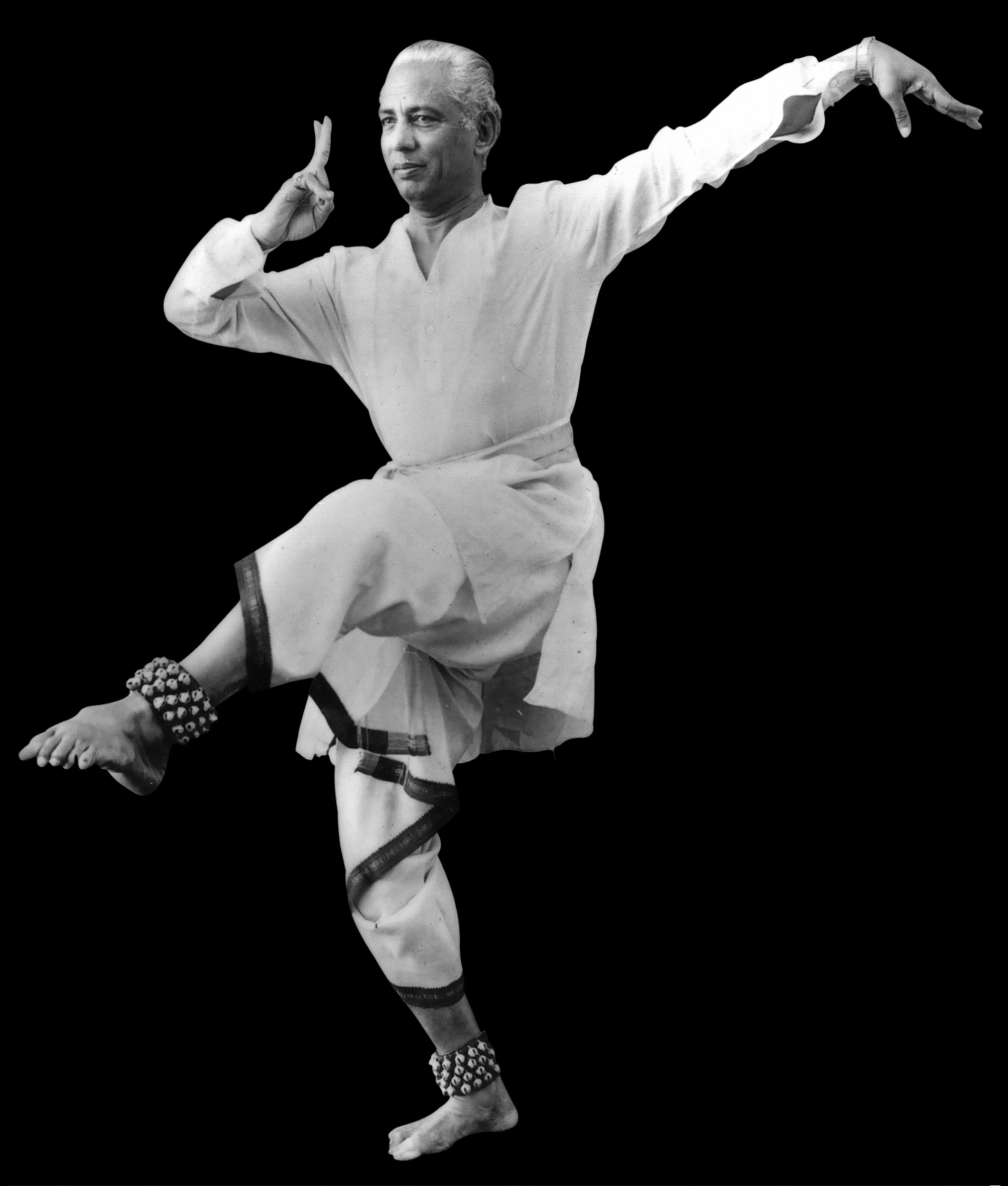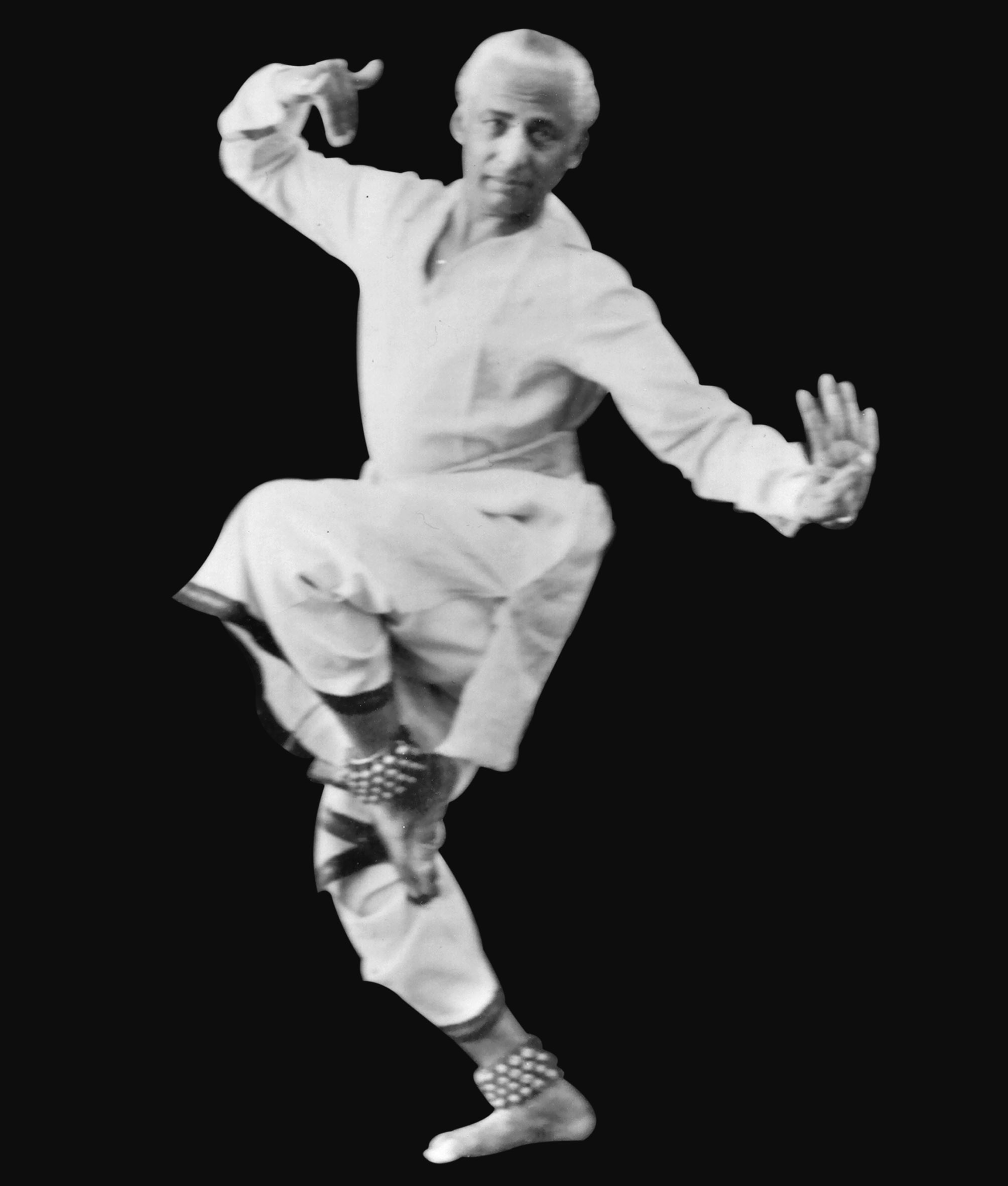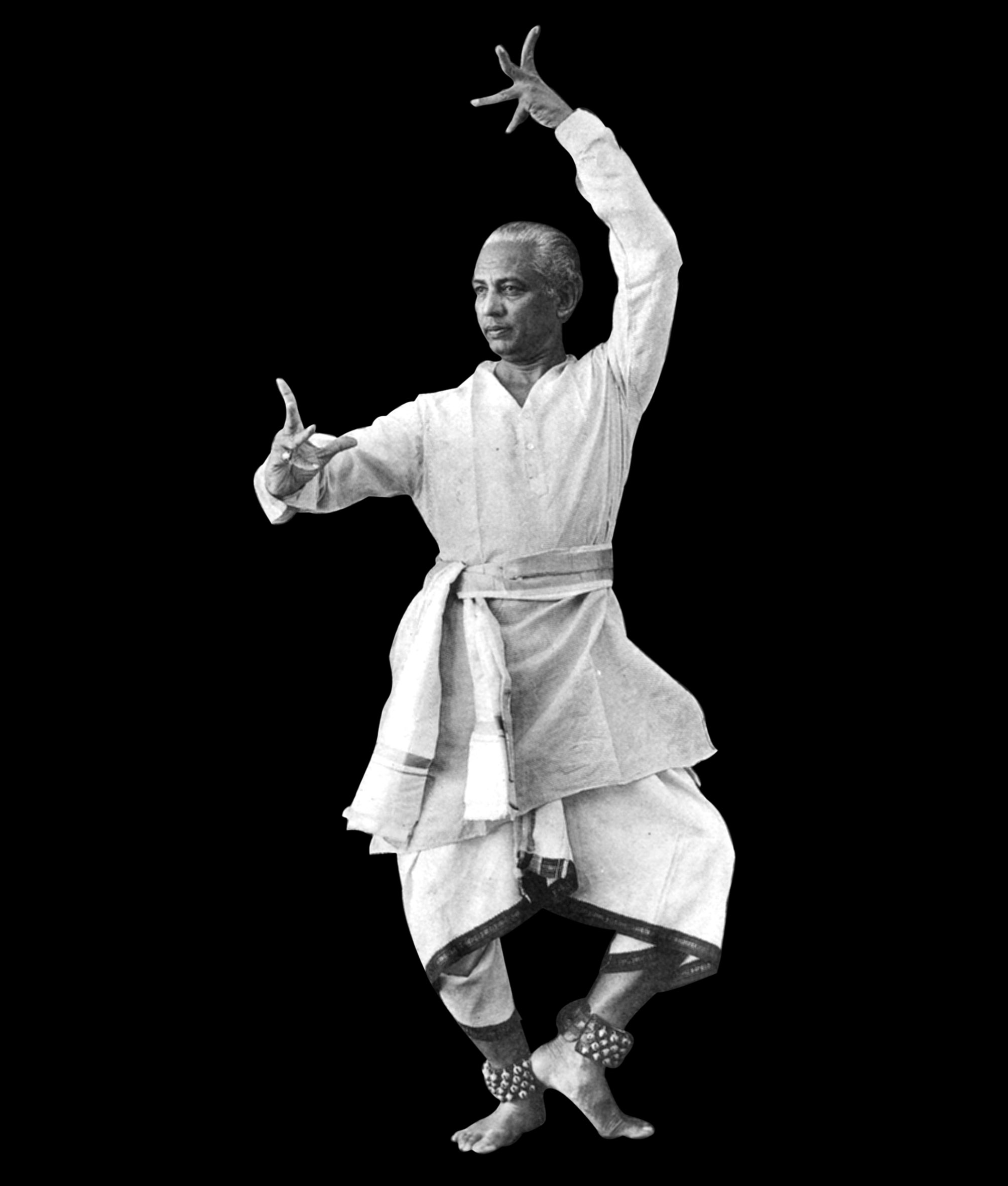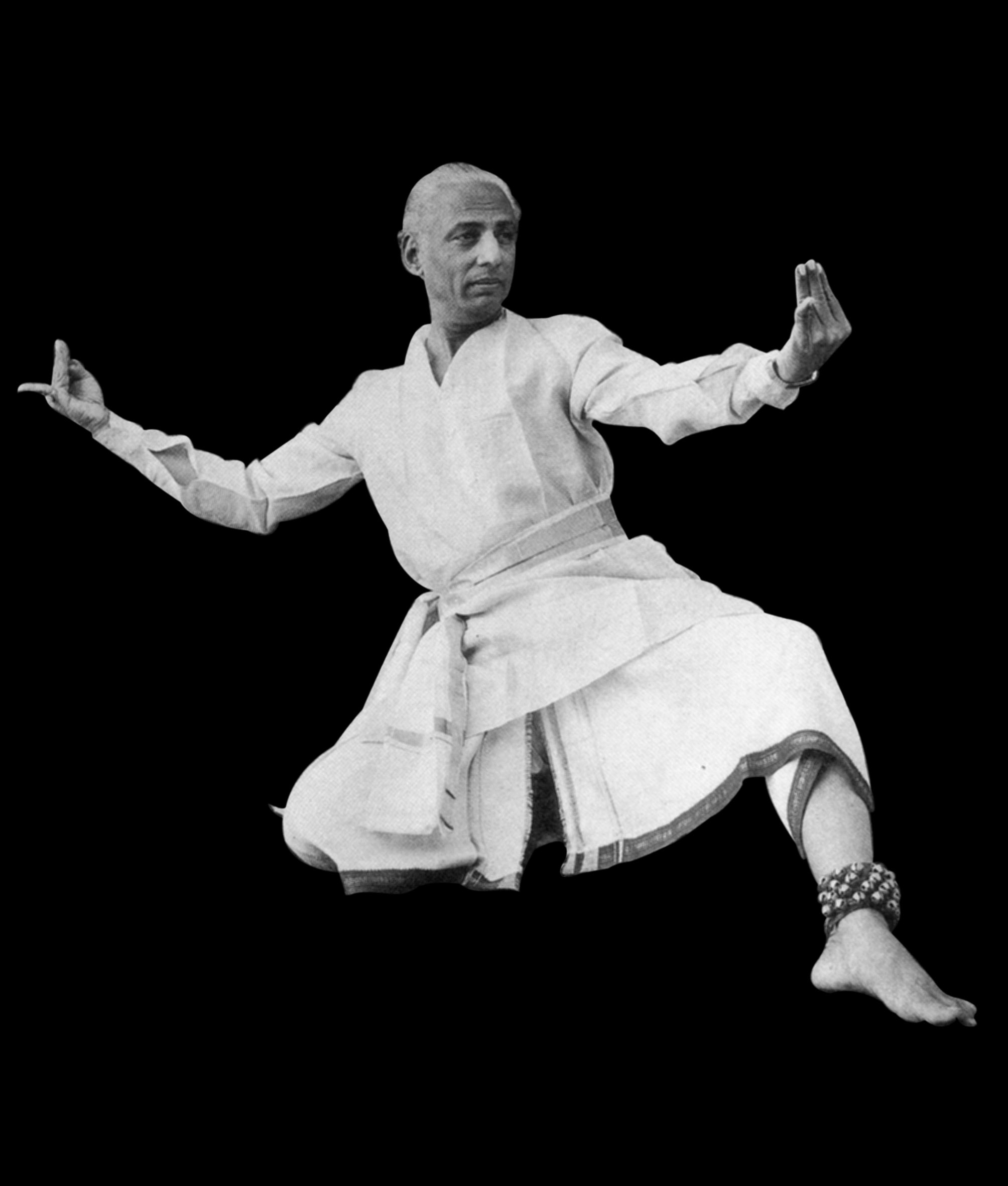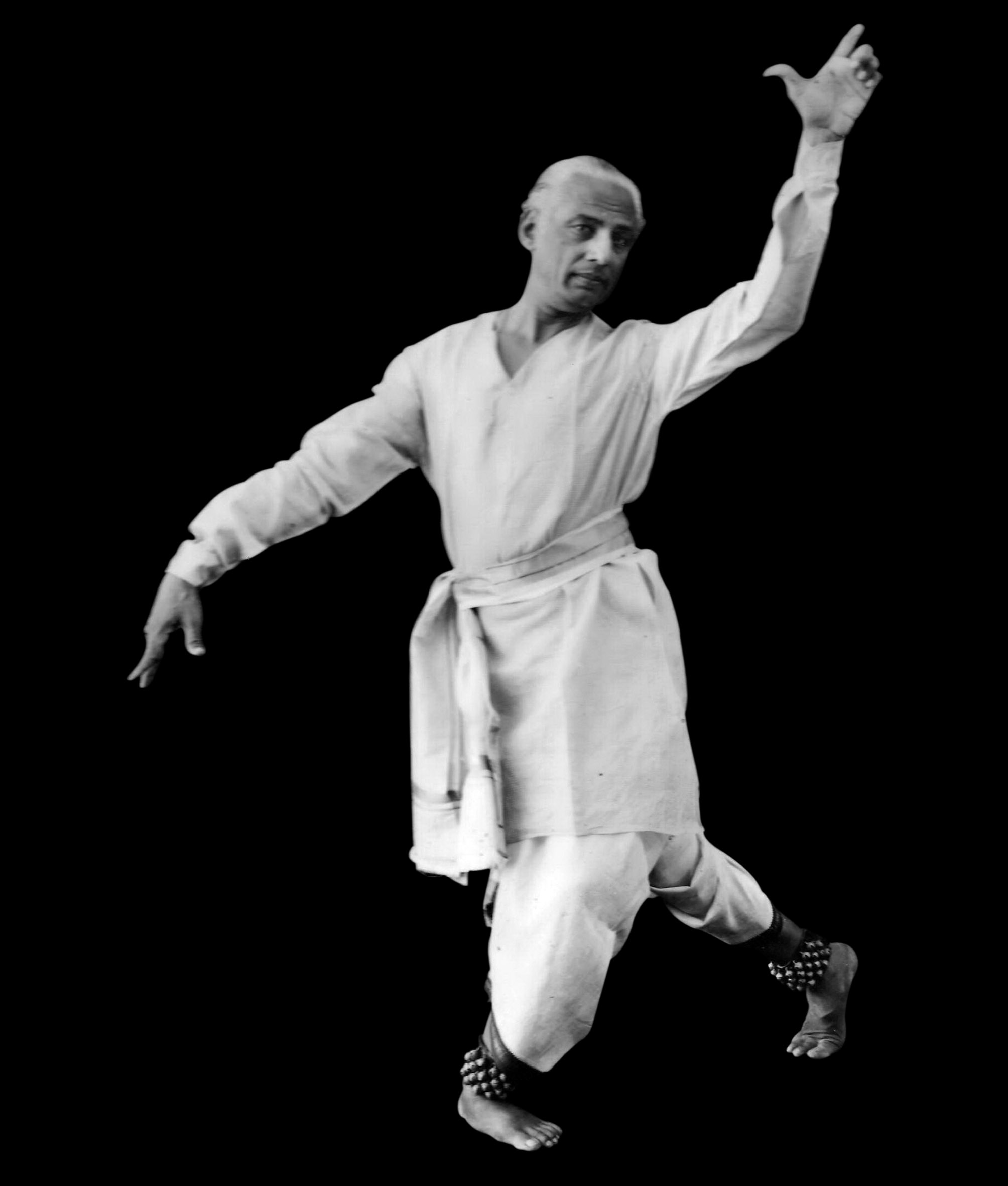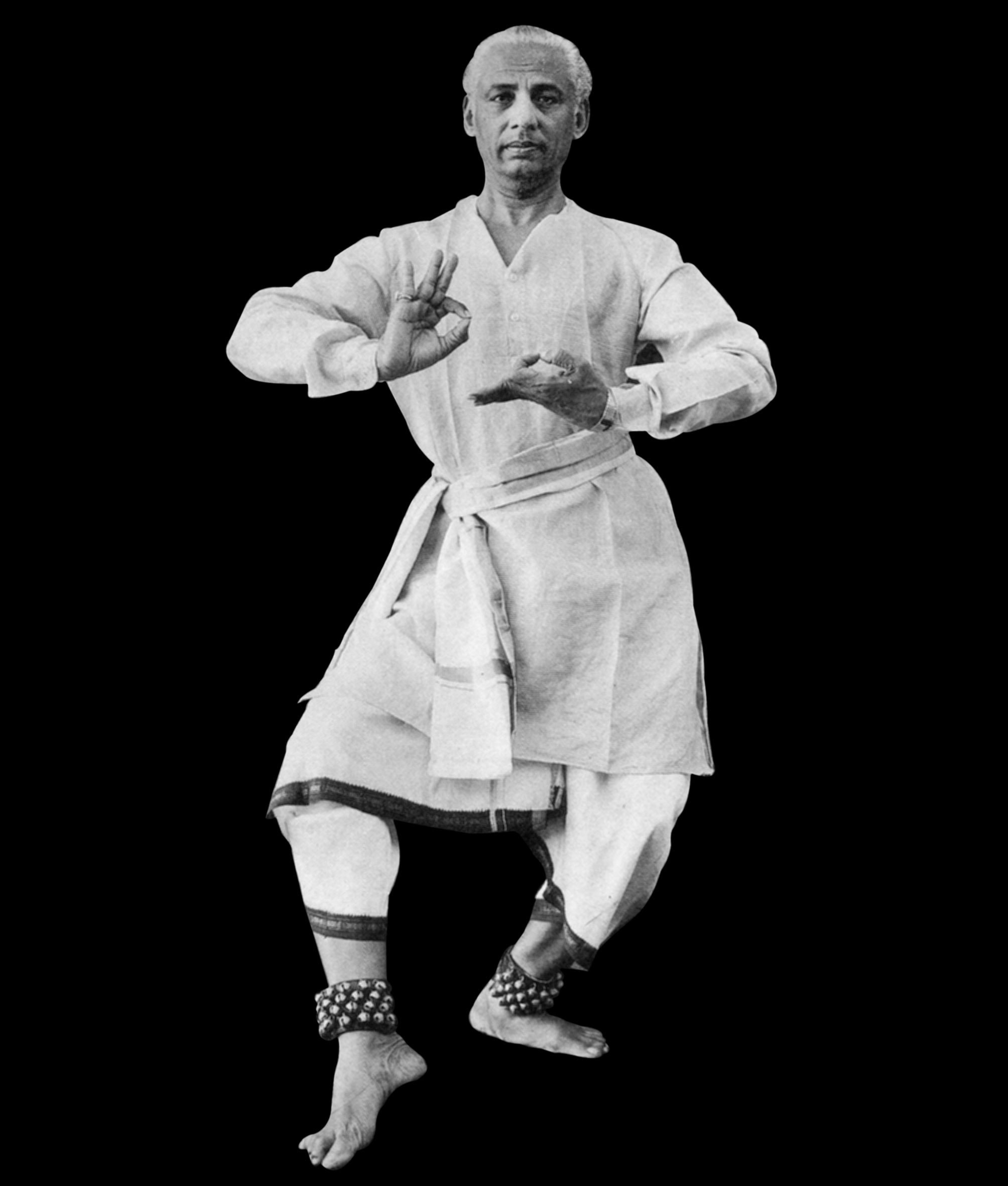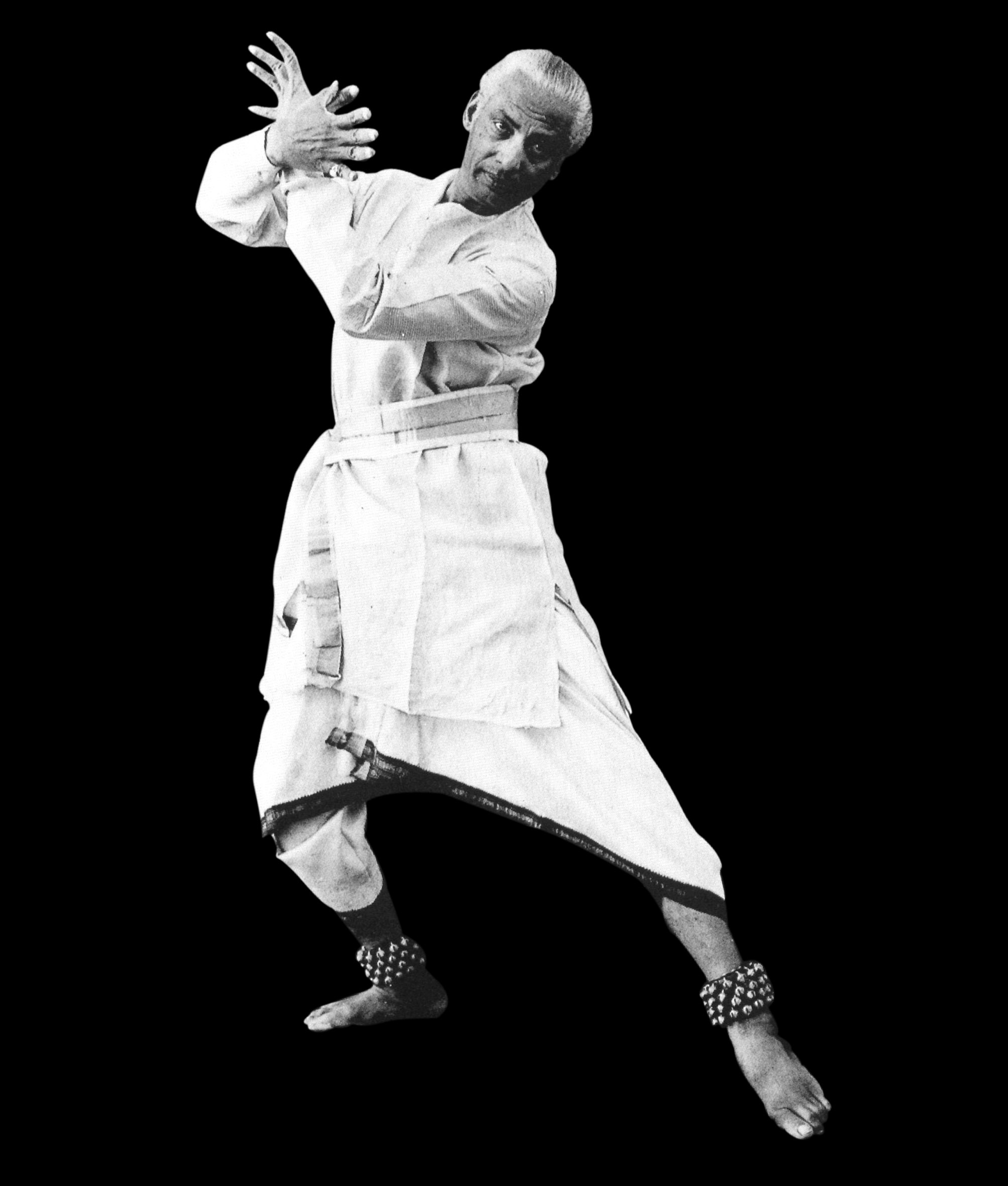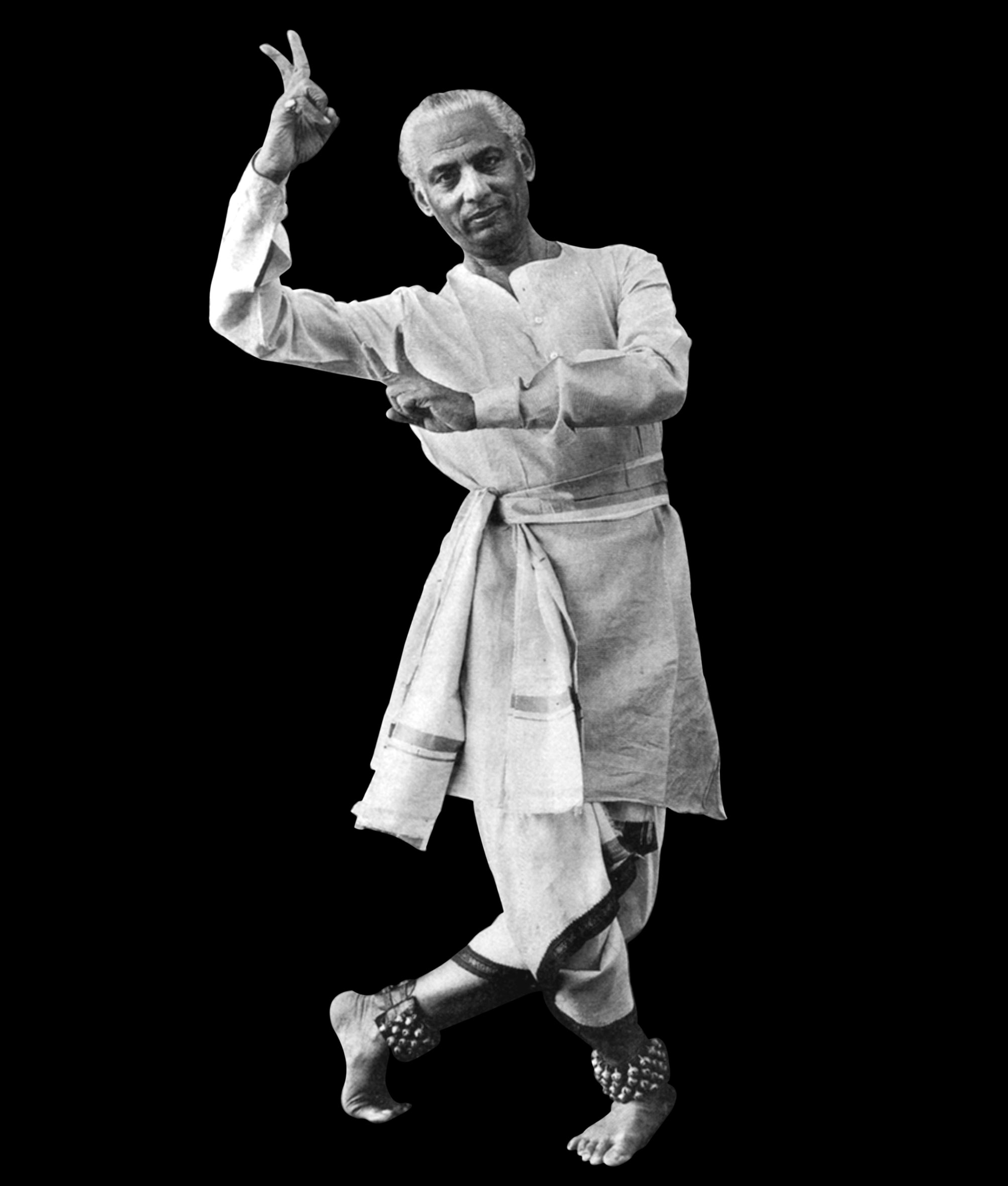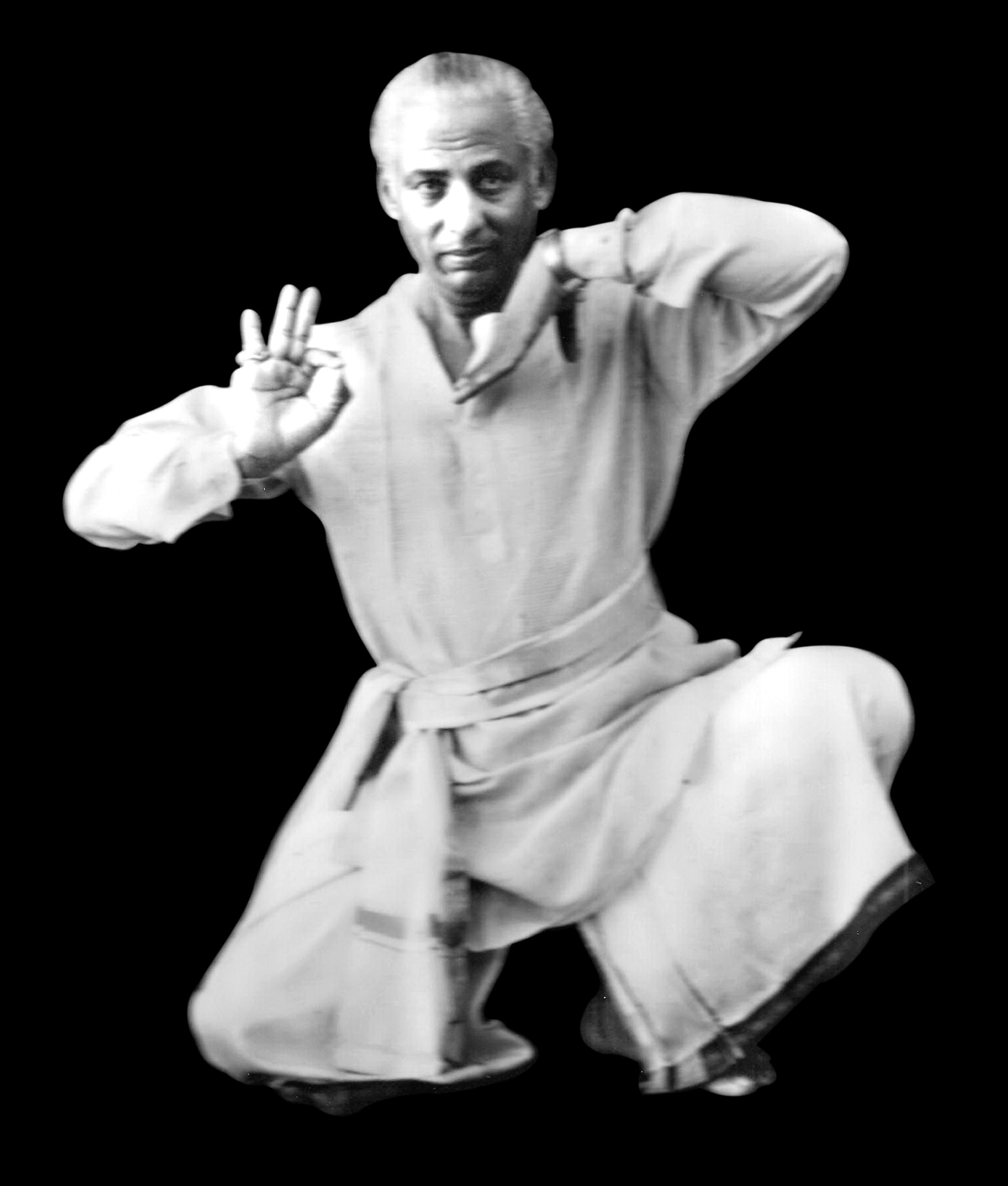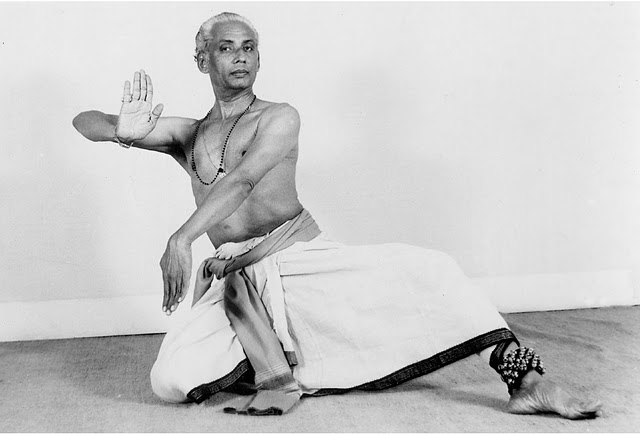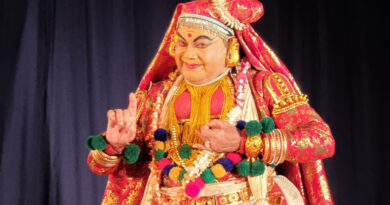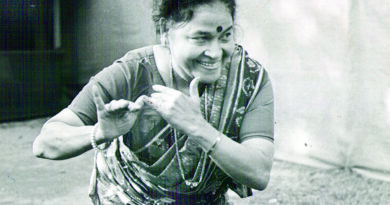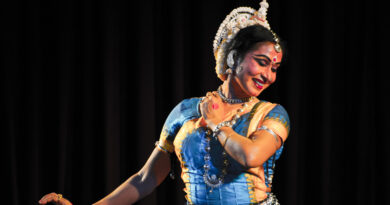Master Vempati: The Kuchipudi Legend
Text: Paul Nicodemus
Today, Kuchipudi enjoys proper classical status thanks to the efforts of a legendary personality. He took Kuchipudi from a small village in Andhra Pradesh and presented it on the global stage. His work in reforming the dance style is unparalleled. Dr Vempati Chinna Satyam brought relevance to the dance art form of Kuchipudi in the modern era with his brilliance. He reformed, refined and rejuvenated the rich tradition and brought it closer to the standards of Natya Shastra.
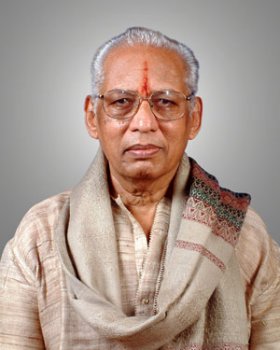
Dr. Vempati Chinna Satyam was born in a traditional family of dancers in Kuchipudi village in Andhra Pradesh on 15 October 1929. Vedantam Lakshmi Narayana Sastry, hailed as one of the Kuchipudi greats initiated him into Kuchipudi. It is believed that Vempati with a burning desire to learn dance left his native village at the age of 18 and went walking to Madras (now Chennai). Such was his passion for the art form. Vempati Pedda Satyam, his cousin was by then an established artiste in Madras and Vempati Chinna Satyam who was on fire for Kuchipudi trained under him. His desire to spread Kuchipudi dance made him establish Kuchipudi Art Academy in Madras in 1963. He refined the art form, bringing it closer to the standards of Natya Shastra and gave it a whole new perspective by introducing new elements while still protecting its purity. Kuchipudi operas Padmavati Srinivasa Kalyanam, Vipranarayana Cheritam, Menaka Vishwamitra, Shakuntalam, Bhama Kalapam, Chandalika, Rukmini Kalyanam, Haravilasam, Siva Dhanur Bhangam and Ardhanareeswara are some of his gems which attained a universal status. He also composed Kumarasambhavam, Padmavathi Thirumanam and Sri Krishna Parijatham in Tamil. Guru Vempati along with his students made his debut trip abroad in 1971. He toured in London and France garnering widespread appreciation. He then toured South America and the Caribbean Islands, with his troupe in 1973. Since then he never looked back and continued to tour around the globe. He travelled to countries like USA, Russia, Canada, Germany, France, Italy, Holland, Belgium, Switzerland, Sweden, Denmark, and some Gulf countries with his students. He popularised Kuchipudi wherever he went. He toured the United States of America with his productions ‘Kuchipudi Prathidwani 98’ and ‘Kuchipudi 2000’ in 1998 and 2000 respectively. The two tours had covered approximately 50 cities across America. He breathed his last at the age of 83 on 29 July 2012.
****
Awards and Accolades:
Padma Bhushan by the Government of India; SNA Fellow by Sangeet Natak Akademi, New Delhi; Kalaprapurna by Andhra University; Kuchipudi Nritya Pramukh by Sangeet Natak Akademi, New Delhi; Honorary Doctorate (D.Litt.) by Sri Venkateswara University (Tirupati); Asthana Vidwan by Sri Venkateswara Temple (Pittsburgh); T.T.K. Memorial Award by the Madras Music Academy; Kalidas Puraskar by Government of Madhya Pradesh; Kalaimamani by Government of Tamilnadu; The Mayor of Miami presented the Golden Key award to him in 1984; The Mayor of Dayton, Ohio declared September 25, 1994, as Vempati Chinna Satyam Day;
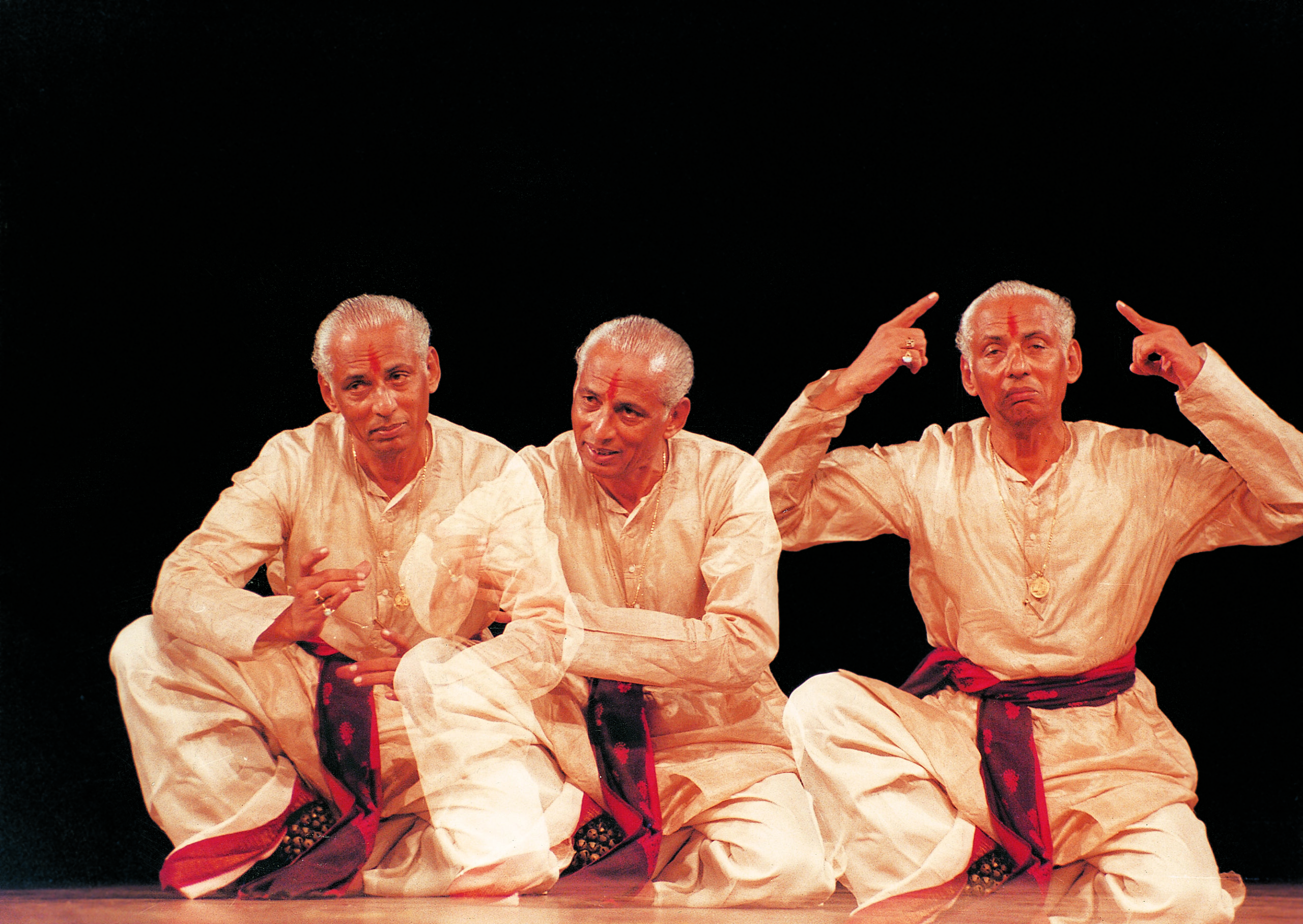
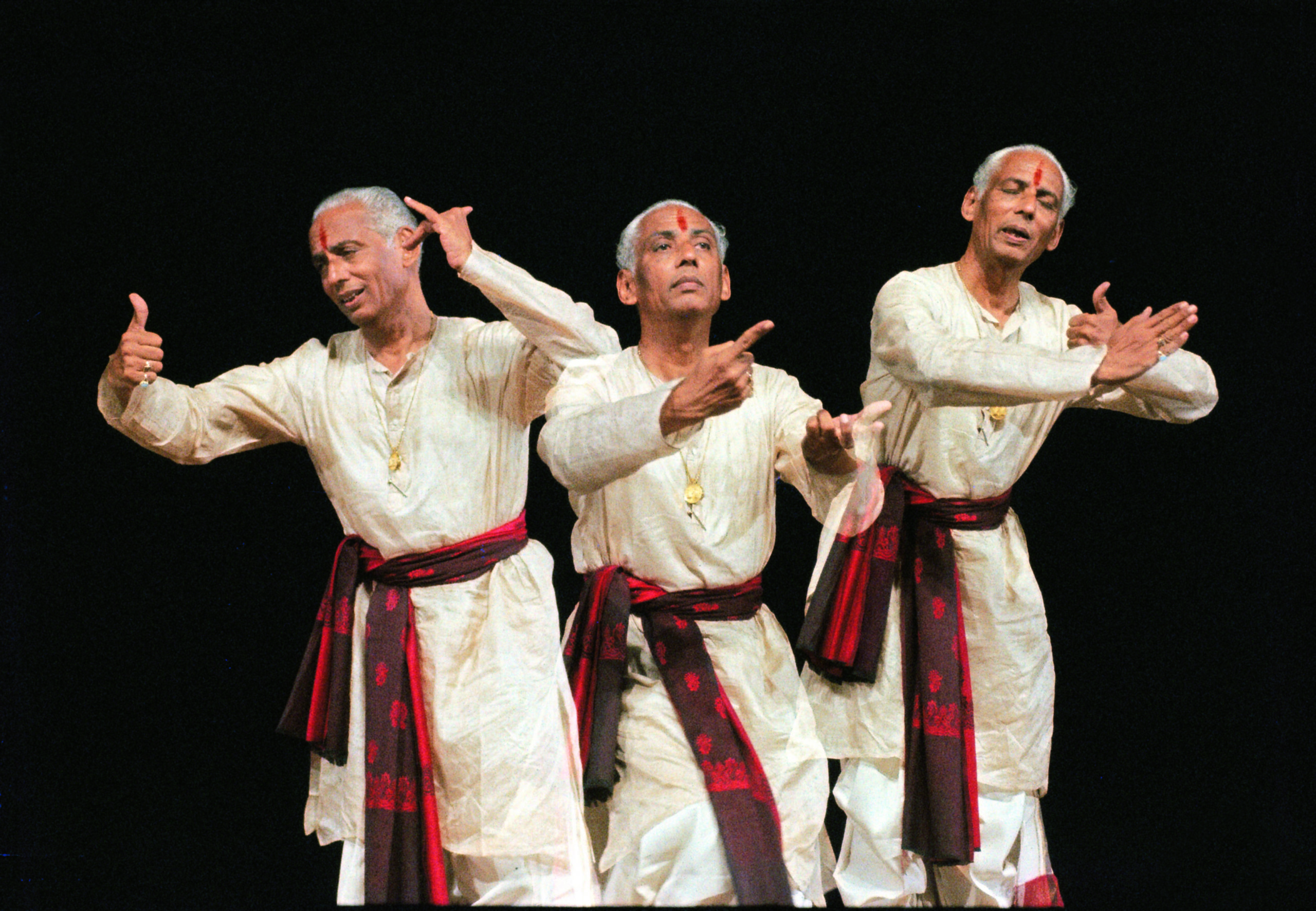
The Mayor of Ghana, Ohio declared April 27, 1984, as classical Indian Kuchipudi Ballet dance Drama; The Mayor of Atlanta declared 3rd November 1994 as Kuchipudi Dance Drama Day; The Mayor of Cleveland conferred honorary citizenship on Dr.Vempati; The Mayor of Memphis declared September 24, 1994, as ‘Ramayana Day’ and the Key to the city was awarded to him; Gold medal was presented to him by the President of Tunisia at the Cartage Festival and Citations and Honors conferred at the Avignon Festival, France in 1995.
****
Dr Vempati Chinna Satyam: The Reformer of Kuchipudi
Text: Dr Sunil Kothari
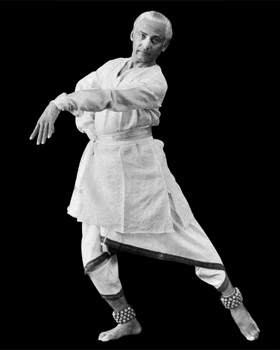
I was a greenhorn, rearing to burst on the Indian classical dance scene after Dr Mulk Raj Anand took me under his wings. I met Dr Mulk Raj Anand, got the address from him of Professor Mohan Khokar, corresponded with him, took his permission to translate his article on Bhagavata Mela Natakam and Kuchipudi from Marg magazine into Gujarati. I was curious to know more about Kuchipudi. I did not know that Bhagavata Mela Natakam and Kuchipudi dance-dramas were a part of the living tradition. Professor Mohan Khokar advised me to attend All India Dance Seminar at Delhi in April 1958, convened by Sangeet Natak Akademi.
It was a turning point in my life. I came to know a galaxy of pioneers of Indian dance, exponents, gurus, scholars, critics and dance enthusiasts. I saw for the first time demonstration of Kuchipudi dance by Kanchanmala. She performed tarangam placing a pitcher full of water and balancing herself on the rim of a brass plate. Vissa Apparao, the great scholar was presenting a paper at Vigyan Bhavan before the large gathering. I was sitting next to Banda Kanaka Lingeswara Rao who was in charge of Siddhendra Kalakshetram at Kuchipudi village.
My involvement in researches in the dance tradition continued and, when in Chennai, during that period, at T. Nagar, late YG Doraiswamy took me to Panagal Park to meet Vempati Chinna Satyam who had just started Kuchipudi Art Academy to train young dancers in Kuchipudi on lines of solo performance.
That was the first time I met Vempati Chinna Satyam, which resulted in friendship for a lifetime. Whenever I visited Chennai, I invariably spent time watching his classes. I had seen Chandrakala, a gifted dancer learning from him and was impressed by her dance. I was told later on that she gave up dancing and joined films. Never saw her again. But I did see Sobha Naidu and other dancers. They were up and coming dancers and Vempati was shaping them chiselling like a sculptor, turning them into dancers who reflected his artistry, how he was polishing the dance movement, which became a hallmark of Kuchipudi dance and Vempati bani, if we may call it. I used to take photographs in those years for documentation. I have somewhere in my archive photos of Vempati and two-year-old Ravi also. Also some photos of dancers taking lessons.
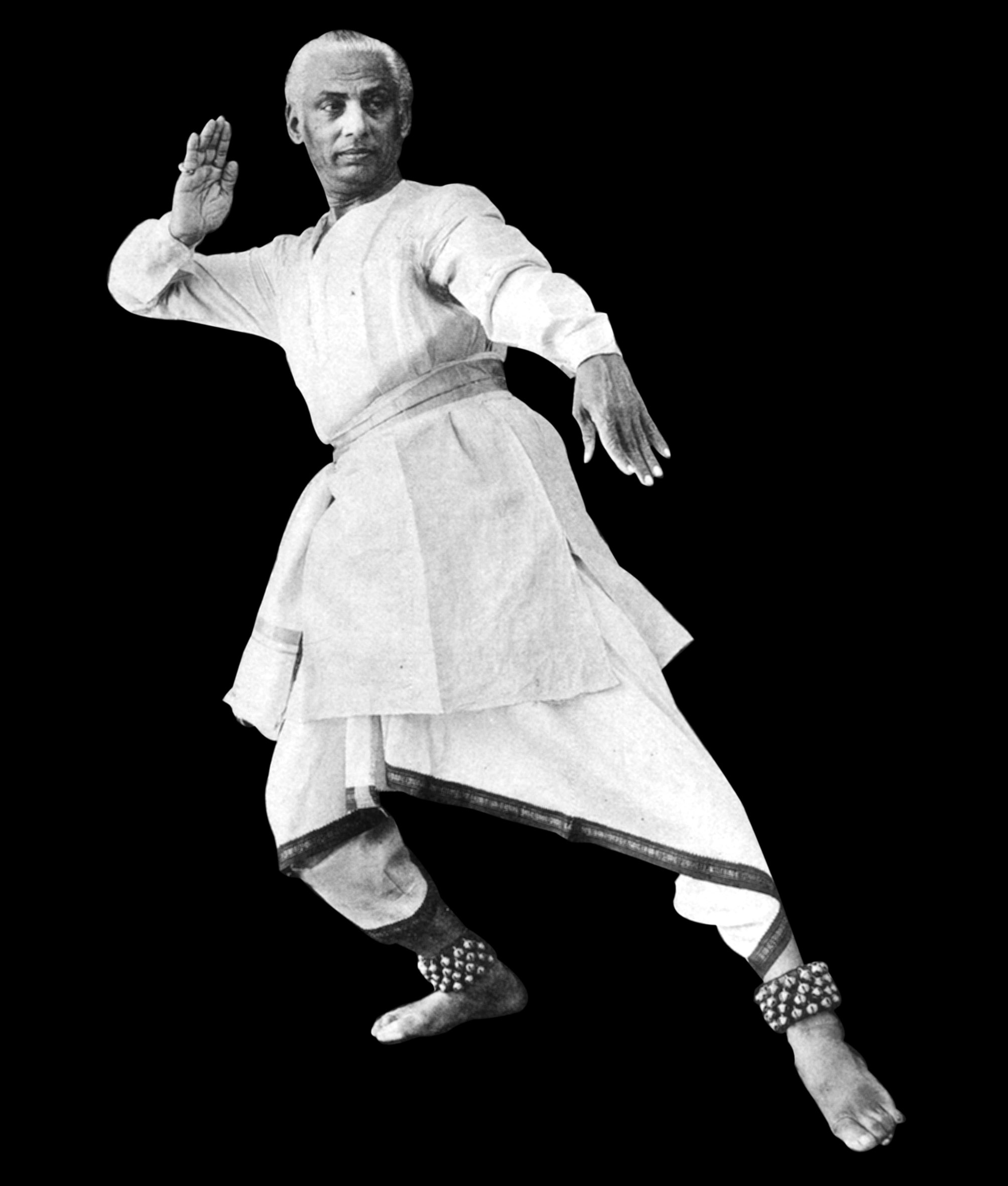
I continued corresponding with him and was keen on visiting Kuchipudi village again for detailed studies and photographs for documentation. When I got an opportunity of visiting London under British Council scholarship in 1968, I met Kamdev in London who wanted to study Kuchipudi and also Chhau dances. He came to India and started studying Kuchipudi under Vempati. That brought us once again together.
Brij Narayan, Director of Sur Singar Samsad had by then accepted my proposal to have lec-dem series of classical dance forms for Kal-ke-Kalakar Festival at C.J. Hall opposite Museum, then known as Prince of Wales Museum. Vempati Chinna Satyam gave a superb exposition of nritta, pure dance and abhinaya to Telugu compositions. Of course, his demonstration was superb.
Vempati Garu brought dancers one after another for a decade to Mumbai twice one for Kal-Ke-Kalakar at C.J. Hall and other for Swami Haridas Sammelan at Rang Bhavan. I also wrote articles in Femina, Dharmayug, The Illustrated Weekly of India, The Times of India (reviews in daily), features in Sunday magazine section, also reviews in The Evening News of India and so on and we had great times. Vempati by that decade had composed dance-dramas and sometimes we had excerpts from these dance-dramas like Vipranarayana.
Vempati’s own patralekha, in which repentant Sathyabama writes a letter to Krishna asking his forgiveness, both in padartha abhinaya, demonstrating each word and also in vakyartha abhinaya, as suggestive abhinaya would receive thunderous applause. In padartha abhinaya, he would stand up and perform dancing with such grace, the gem of the poem Srimad Ratnakar Putrika, Mukharvind… that it would cast a spell on the audience. Such was his mastery over the form. He had invested the form of Kuchipudi with great dignity and saushtavam, upright aesthetic posture. Year after year we used to watch it and relish it with delight.
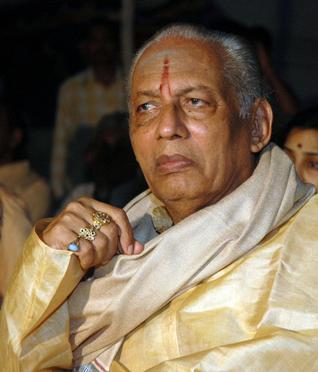
Of all the illustrious gurus from the Vempati family group, Vempati Chinna Satyam’s contribution to Kuchipudi has been outstanding. Born in 1929, he studied under Tadepalli Peraiah Sastry, Pasumarti Kondala Rayudu, his elder cousin Vempati Pedda Satyanarayana and Vedantam Lakshminarayana Sastri. As a child, he played the roles of Lava, Kusha, Lohitasya and Prahlada, and then graduated to the female roles of Satyabhama and Gollabhama. Well versed in other male roles, he was known for the role of Lord Shiva in Ksheera Sagara Mathanam, a dance-drama choreographed by him. Following the footsteps of Vempati Pedda Satyanarayana, he too migrated to Chennai and in the early years gave direction for dance in films. However, when he came under the influence of Vedantam Lakshmi Narayana Sastri, he was extremely impressed by the guru’s approach and erudition. When he got involved as a guru training dancers in Kuchipudi, he established Kuchipudi Art Academy in Chennai in 1963 and began choreographing and composing dance numbers for solo presentations. He had already made a deep study of the Natya Shastra and other texts and was obsessed to place Kuchipudi on par with other classical dance forms. He received good exposure during his initial stay in Chennai feasting his eyes on the productions of Rukmini Devi at Kalakshetra. He realised that Kuchipudi had to acquire posh and perfection with the aesthetic presentation.
With his creative genius, he brought a sea change in the execution of the nritta movements. The nritta numbers in the dance-drama lacked in the beauty of movements, were crude and rustic. He introduced sophistication, clean lines and a scintillating quality with perfect resolutions of movements of various dance units and created innumerable jatis and dance patterns. He classified them, correlated them with the Natya Shastra text, emphasising the sastric nature of the Kuchipudi dance form. He brought an order to the solo presentation of Kuchipudi dance on the lines of Bharatanatyam and other solo forms.
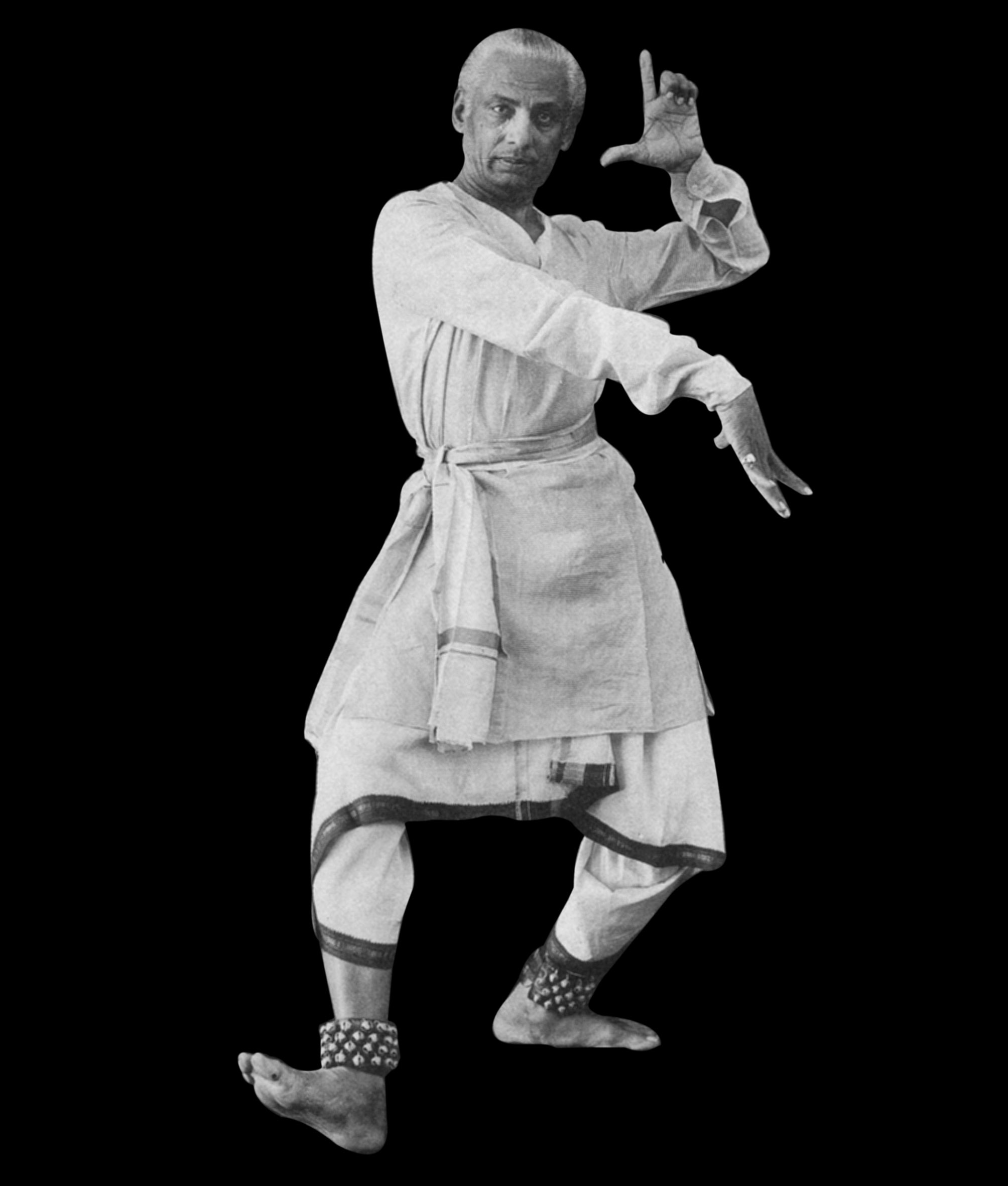
He brought in changes in aharya, costumes, as well as music emphasising its classical character. He received support from P Sangeeta Rao, the veena player and music director. Bhujangaraya Sarma wrote at his behest, a homage to Siddhendra Yogi in the form of Brahmanjali with the words Brahmanjali tandava nritta shreshame. It was set to Todi raga by the young vocalist K Surya Prakash Rao. Most of his disciples perform it as an opening number with slokas from the Abhinaya Darpana. He composed and choreographed jathiswarams, thillanas, varnams and lyrics of contemporary lyricists like Devulapalli Krishna Sastri from the dance-drama Vipranarayana viz., Koluvaithiva Ranga Sayee and Vedalera Vayyarulu, which became extremely popular. The repertoire he created over a span of thirty years is remarkable and Vempati style acquired a distinct characteristic, setting his style apart from other gurus. His students are a legion. With star pupil Chandrakala, who left Kuchipudi to join films and Sobha Naidu, Vempati succeeded in having a large following in no time. From the leading lights of Bharatanatyam like film stars Vyjayanthimala, Hema Malini, Meenakshi Sheshadri to the celebrated dancers like Shanta Rao, Yamini Krishnamurthy, Sonal Mansingh, Lakshmi Viswanathan, Swapna Sundari, Kamala’s sister Radha, a host of dancers studied under him in the seventies, performing some numbers learnt under him in their repertoire.
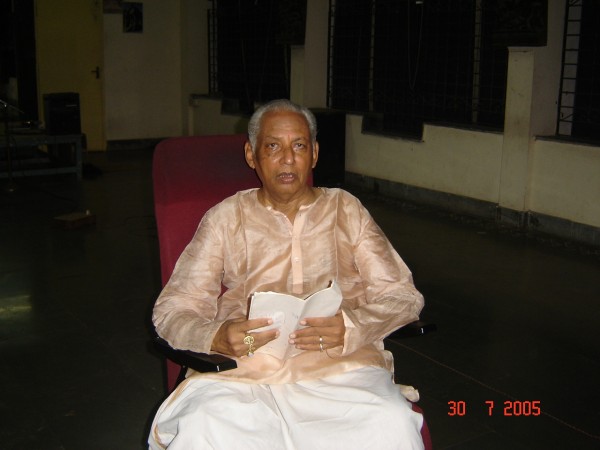
Besides solo numbers, Vempati Chinna Satyam choreographed a number of dance-dramas with imagination and deep understanding of how dance-dramas should be presented for metropolitan audiences. He has choreographed more than fifteen dance-dramas of which Padmavati Srinivasa Kalyanam, Rukmini Kalyanam, Hara Vilasam have received unprecedented success. Their production values and dramatic impact, music and uniform good performances by the well-trained dancers have received appreciation not only in India but also abroad. The several USA and European tours are a testimony to the Guru’s genius. The tremendous support he received from Telugu NRIs abroad is historic. The services he rendered to Kuchipudi dance-drama and solo dance form is unparalleled.
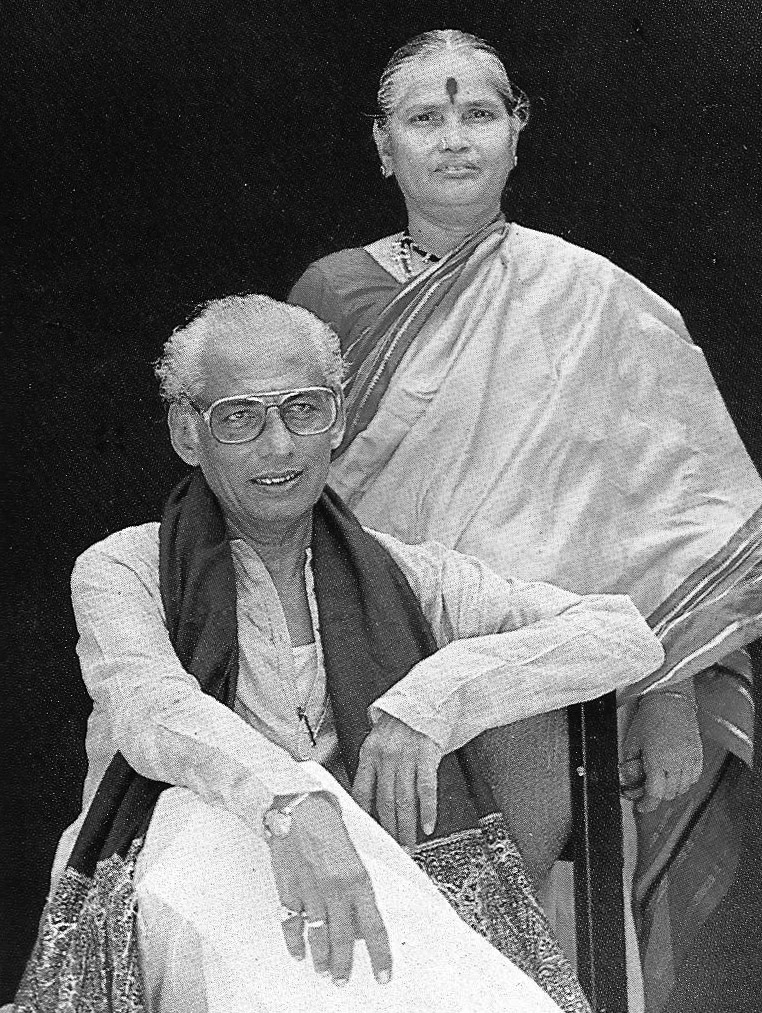
Vempati has devised a course of training which is quite rigorous. Training in music and Sanskrit literature is compulsory along with practical lessons in dance. He himself used to supervise the classes until his health permitted. He conducted several workshops abroad and as a creative guru, his prolific choreographic works have placed Kuchipudi on a very high level. He has written a book in Telugu on Kuchipudi with hundreds of sketches for the technique and explanations of Natya Shastra principles.
With his own creative skills, imagination, observation and aesthetic approach, Vempati Chinna Satyam metamorphosed Kuchipudi into a highly classical dance form, meeting various norms of the Natya Shastra. He shall be remembered for long by generations of dancers for his genius. He taught with great generosity. Never charged any fee, fed dancers, allowed them to blossom and today wherever they are, they have done Vempati proud by continuing and following his tradition.
We all will miss him I owe him a debt of gratitude for when I undertook to write a book on Kuchipudi, Vempati assisted me and saw that there were no mistakes. He had bestowed upon me affection without expecting anything in return. Gurus like him appear on the dance scene rarely.
****
Is Vempati’s legacy vanishing?
Text: BR Vikram Kumar
An institution is better than an individual. It is a struggle for an idea conceived by an individual to become an institution. He was a pathmaker who persevered and withstood the test of time. The credit for integrating the Kuchipudi community, which was going apart goes to Dr Vempati Chinna Satyam. His efforts to consolidate the dance form after deep research into a single dance tradition was one of its kind. Vempati was a legend who laid the foundation to a new era in Kuchipudi by merging tradition and science. Needless to say, the majority of Kuchipudi dancers follow Vempati style of Kuchipudi. His hard work of over 50 years has brought revolutionary changes in the art form.
His efforts have made the Sangeet Natak Akademi under the Ministry of Culture to recognised Kuchipudi as one of the classical dances of India. Despite his humble beginning, he conquered continents of the world. He reformed the art form of Kuchipudi to last for the next hundreds of years but with no proper documentation of his work, the present day Kuchipudi has once again begun to disintegrate into various styles. It would be great if his direct disciples come forward to document his original choreography pieces before it vanishes.
Students :
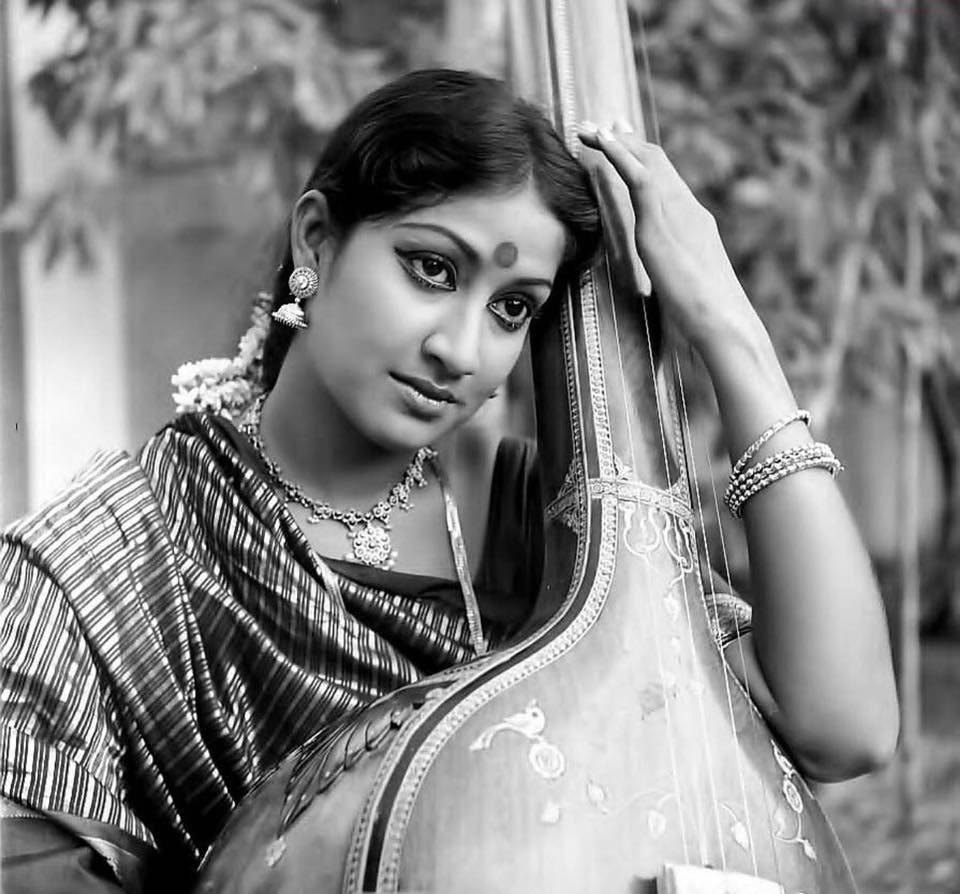
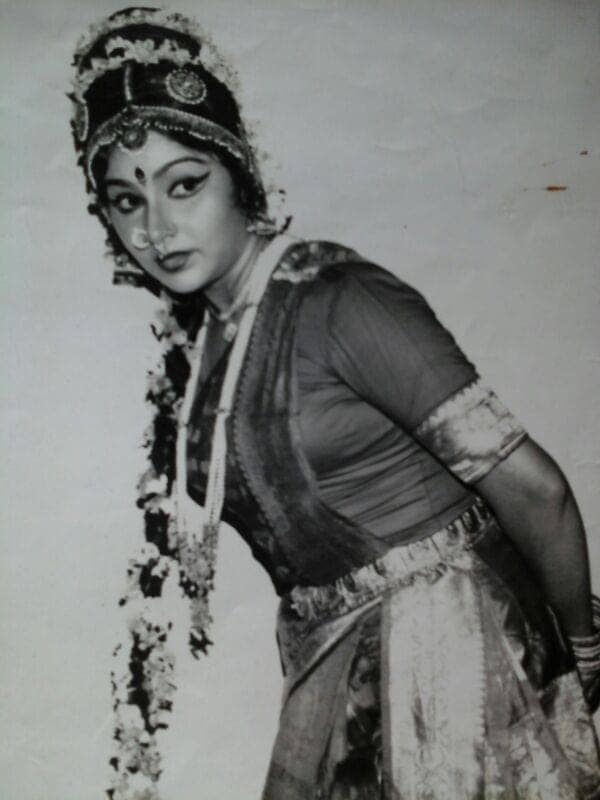
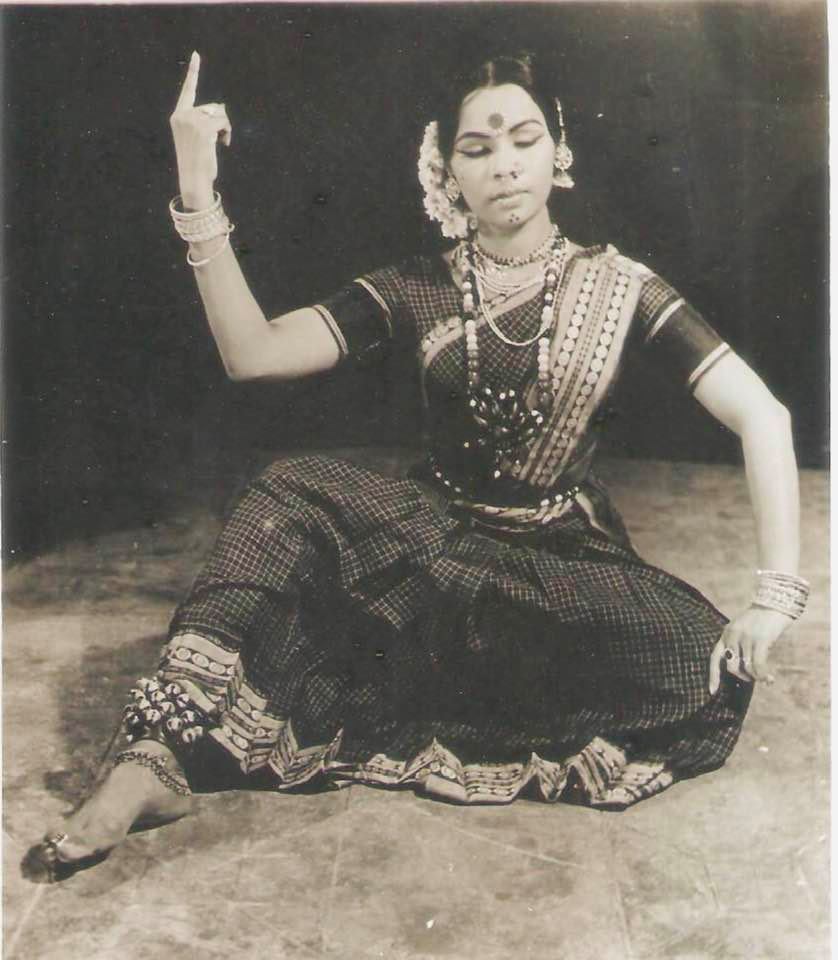
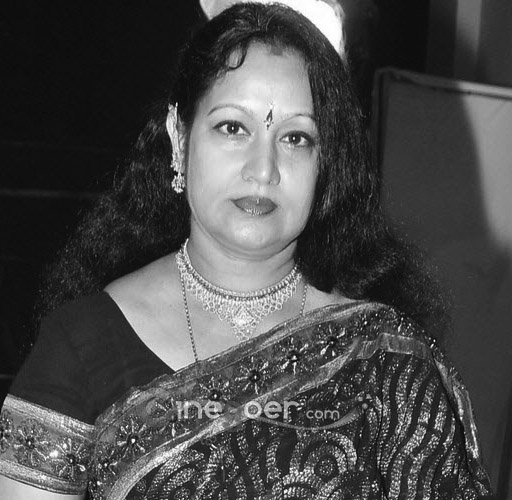
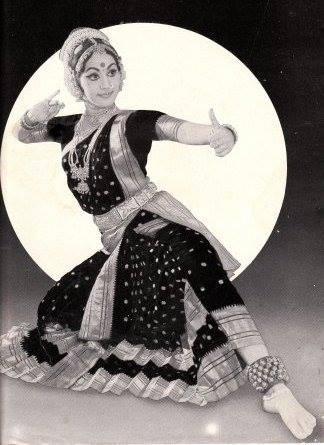
Gallery :
